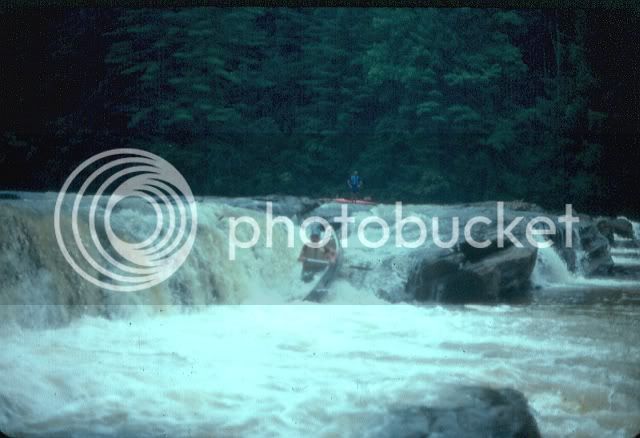Beekeeper we all learn a lot from these discussions,so dont apologize . If folks dont express there experiences and and what they have tried no one will learn a thing.
Now Jack and I hammer each other pretty hard at times ,but we still cut up and go on too.
It is just like the trip we made together he hated the Brazos ,I love it and I feel the same way about lakes ,I really dont care for them he likes them different strokes for different folk.
Jimmy
Let me tack another shot at this the gto being a bigger car ,more surface area would be effected by a head wind with more resistance, with a tail wind being a bihggger object it would benn
fit more from the tail wind.
Ron
Next time Darrels in here ask him .
Oh hell we need to have another get together and I will let you paddle the boats side by side then you explain it. it does work
Ron
Now Jack and I hammer each other pretty hard at times ,but we still cut up and go on too.
It is just like the trip we made together he hated the Brazos ,I love it and I feel the same way about lakes ,I really dont care for them he likes them different strokes for different folk.
Jimmy
Let me tack another shot at this the gto being a bigger car ,more surface area would be effected by a head wind with more resistance, with a tail wind being a bihggger object it would benn
fit more from the tail wind.
Ron
Next time Darrels in here ask him .
Oh hell we need to have another get together and I will let you paddle the boats side by side then you explain it. it does work
Ron


